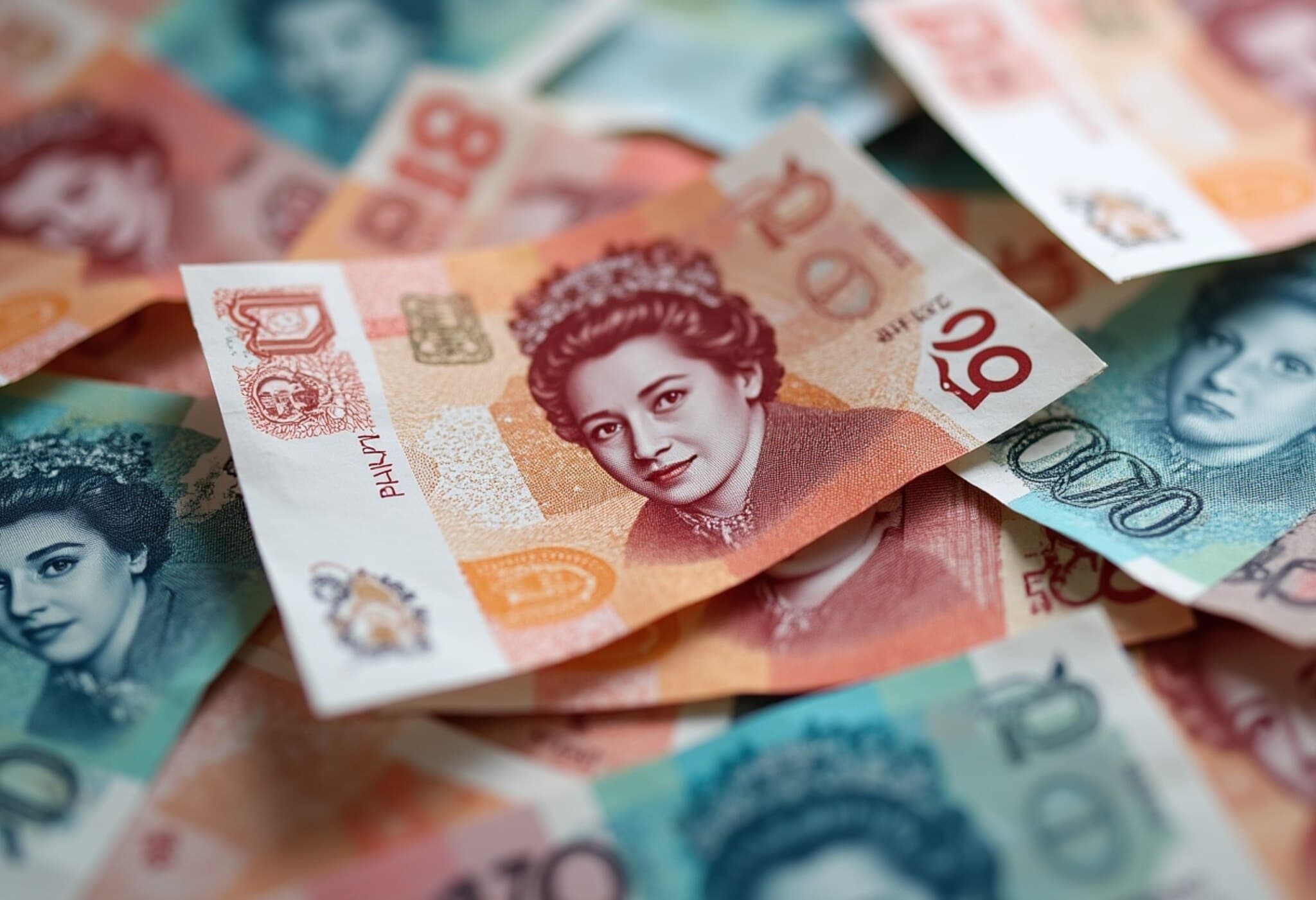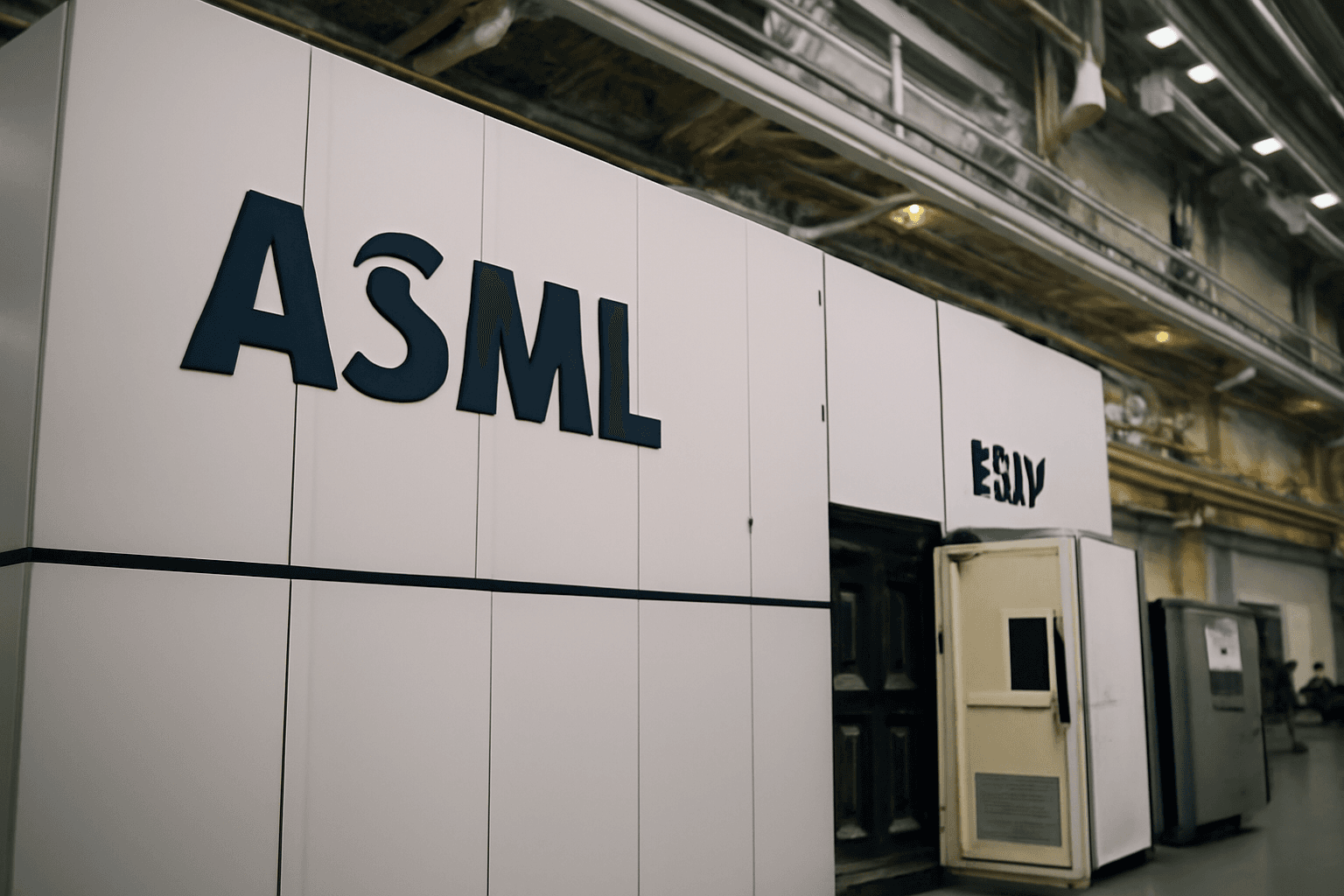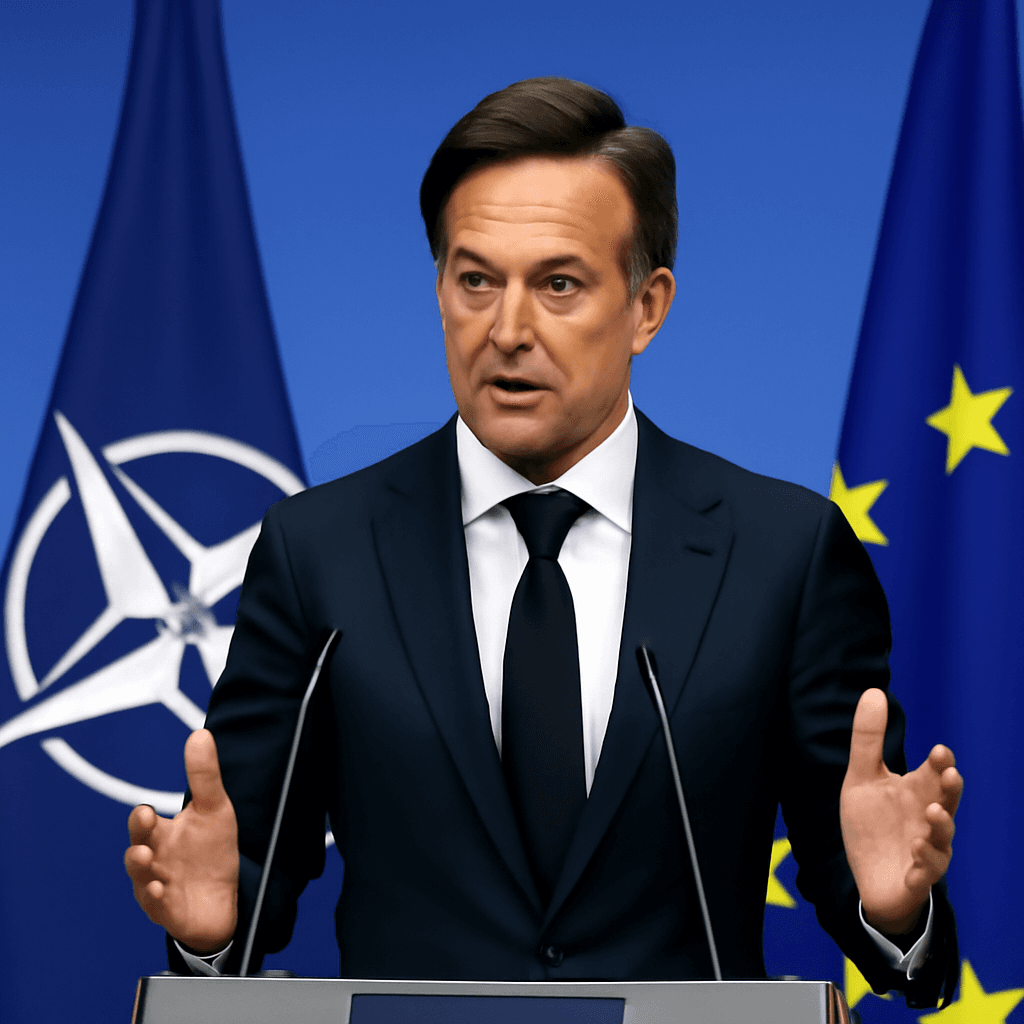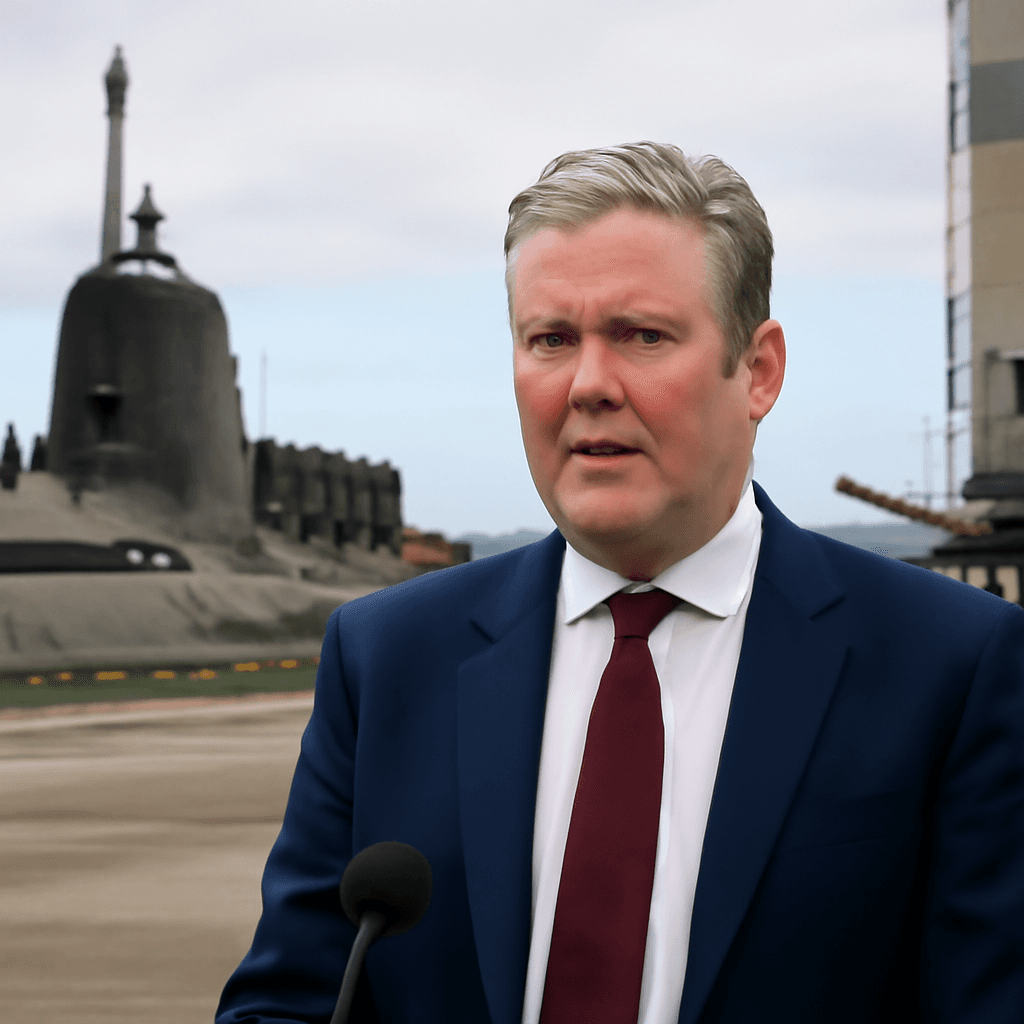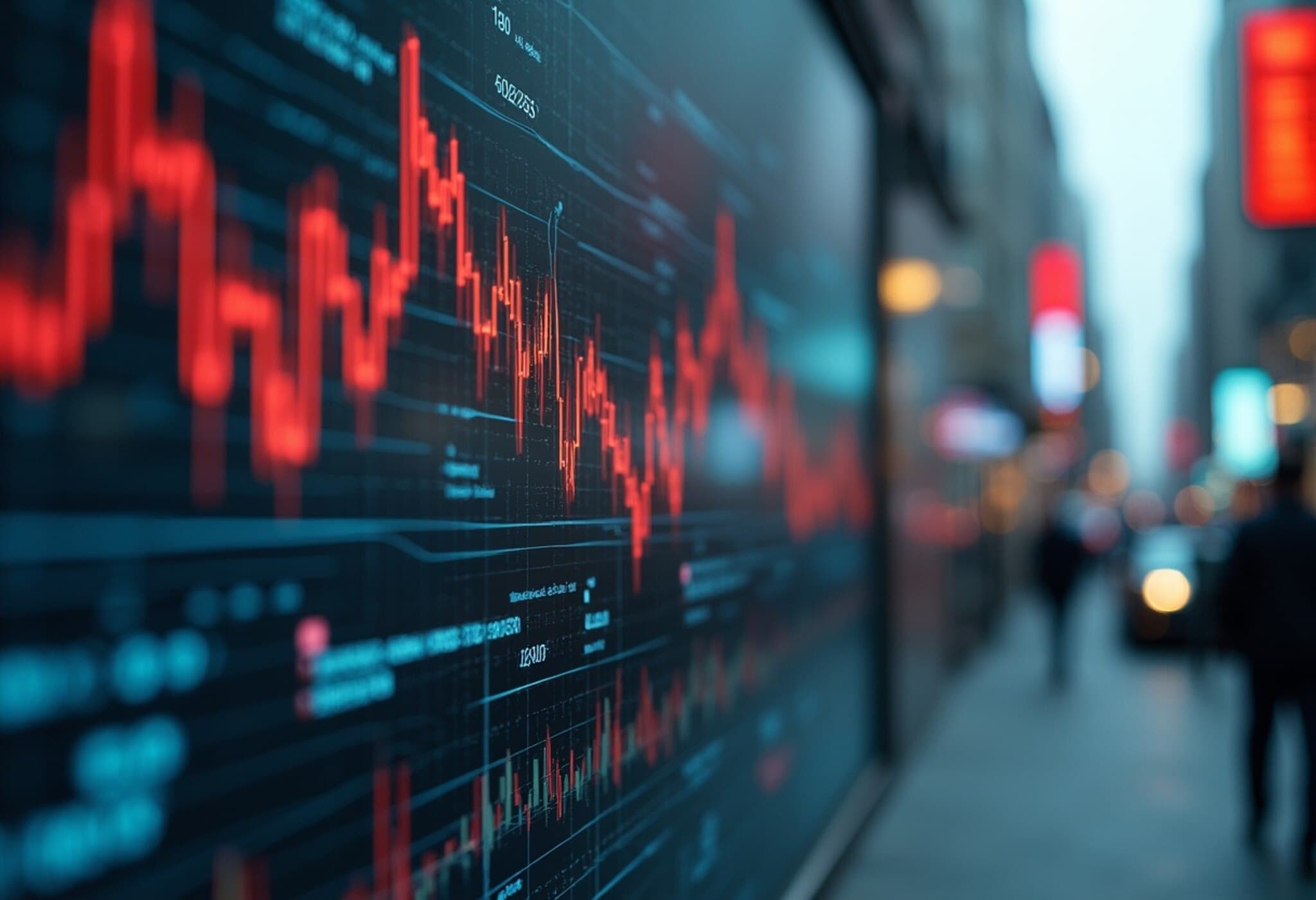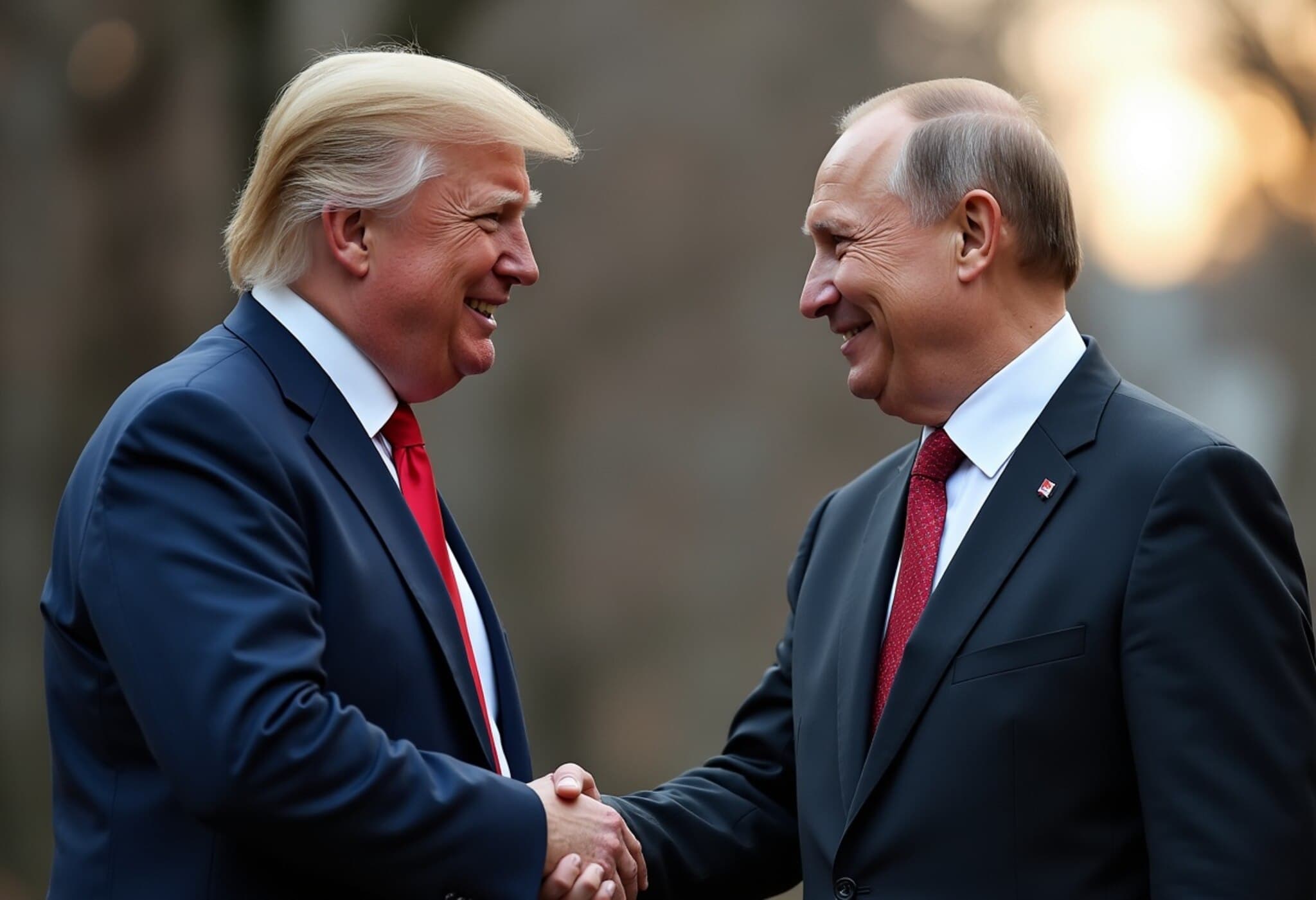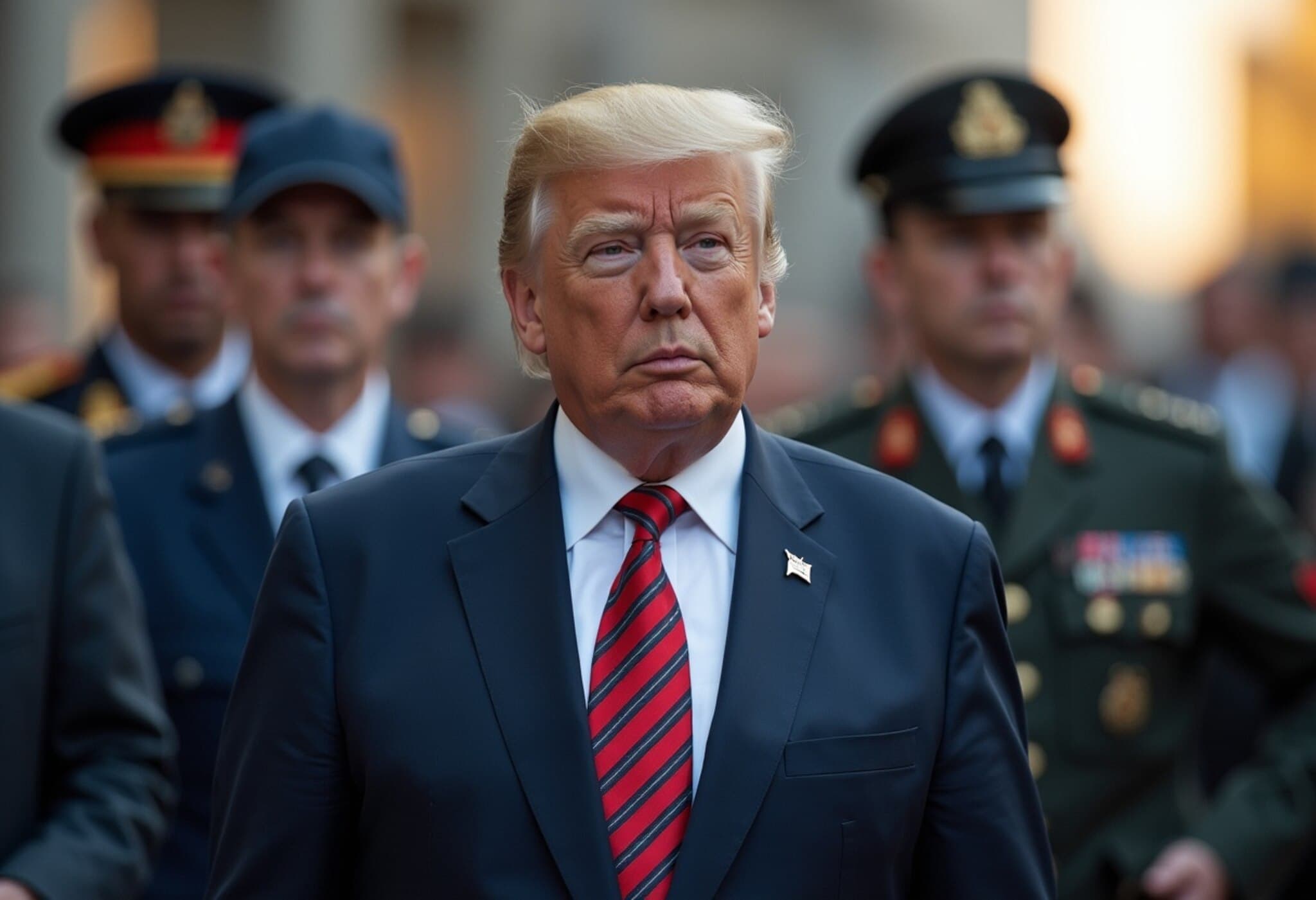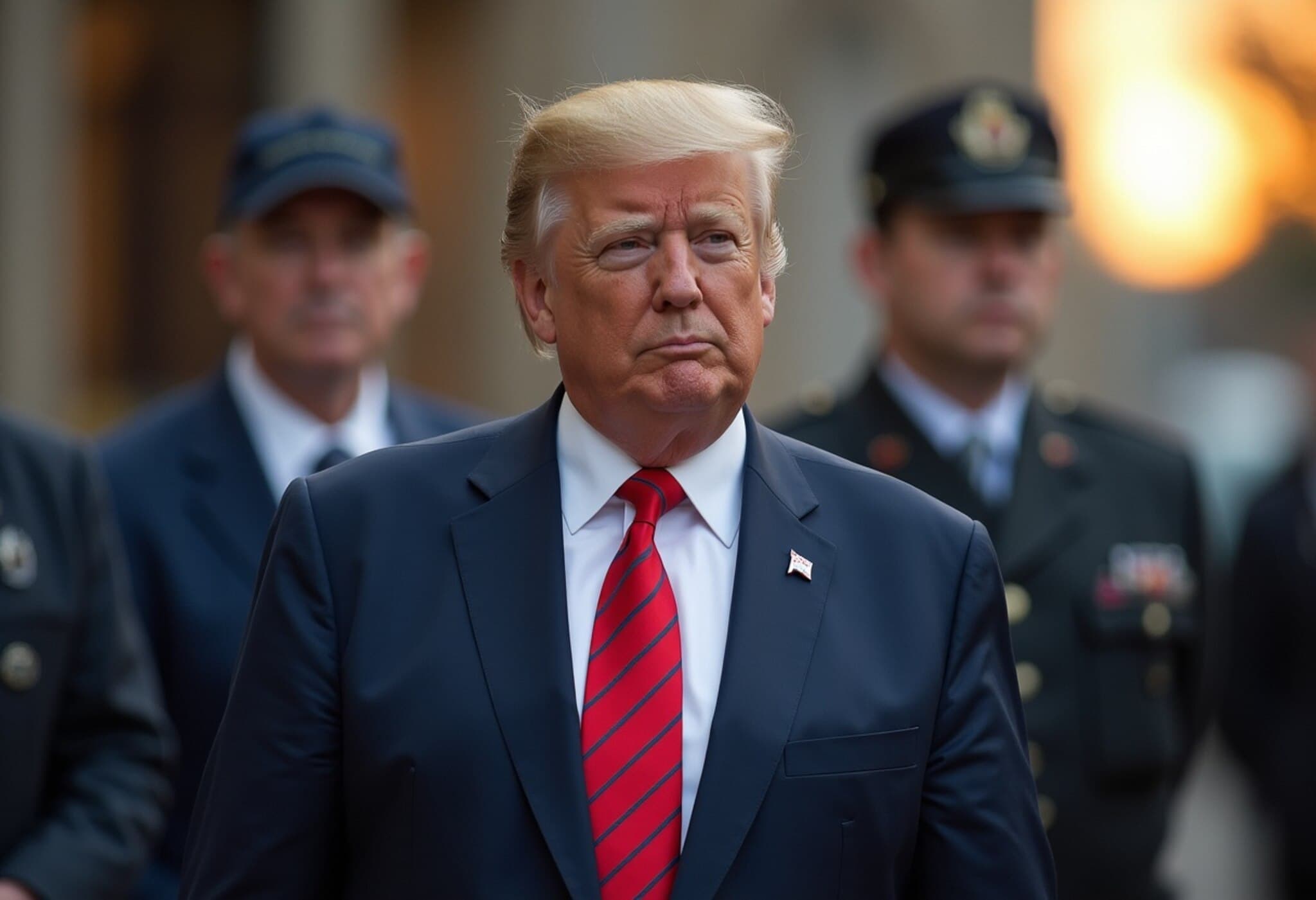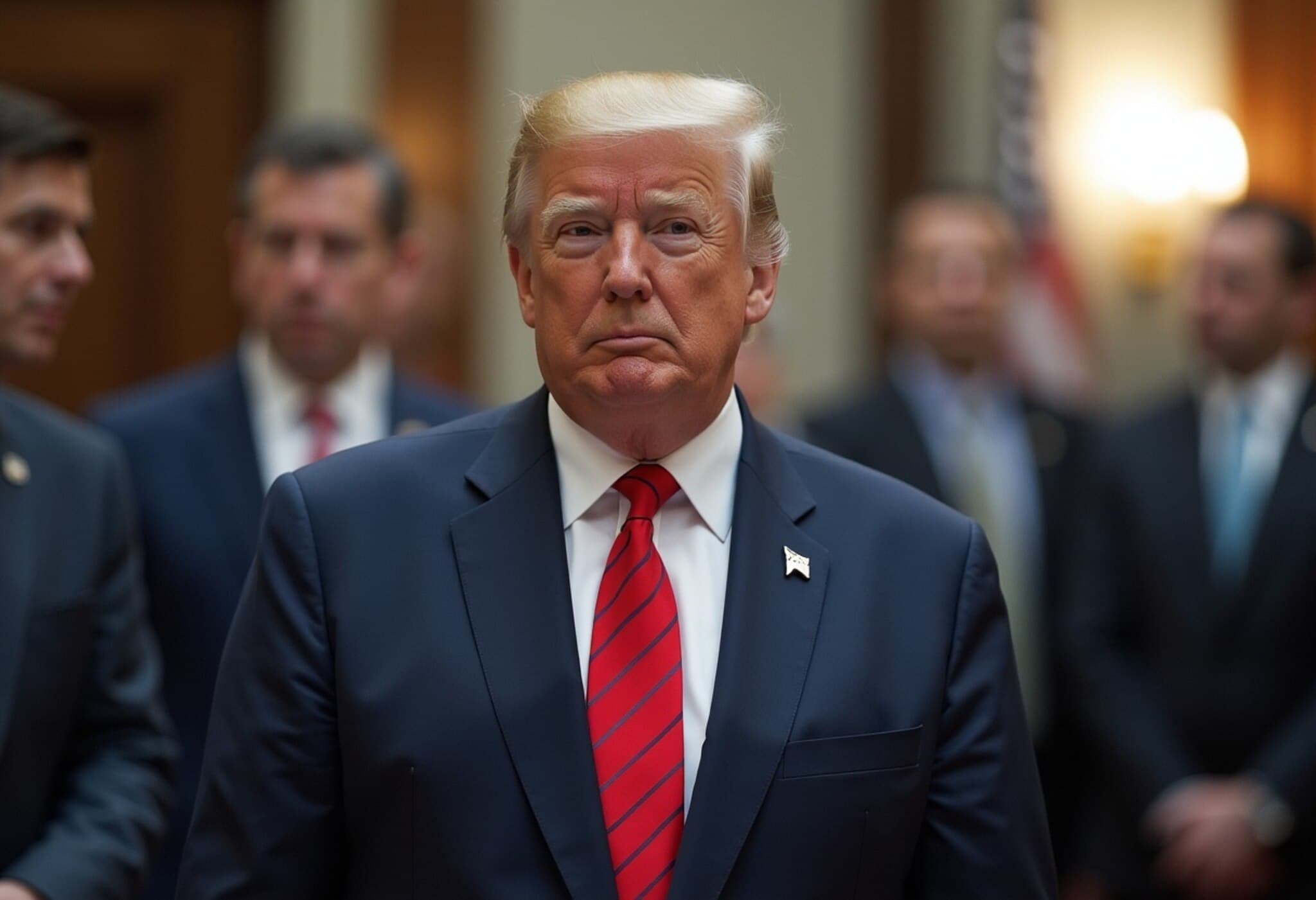European Defense Stocks Rally Strongly in 2025
European defense stocks have witnessed a remarkable surge this year, fueled by governments across the region ramping up military budgets and procurement efforts. The Stoxx Europe Aerospace and Defense index has soared approximately 45% so far in 2025, underpinned by renewed national rearmament initiatives and increased NATO spending commitments.
Rare Earths Supply Bottleneck: A Growing Concern
Despite the sector’s impressive gains, a looming hurdle lies in the supply of rare earth minerals essential for advanced defense technologies. Materials such as yttrium, critical for manufacturing fighter jets, missile systems, and precision-guided munitions, remain heavily sourced from China, which supplied nearly 90% of Europe's yttrium in 2023.
Industry experts warn that persistent import restrictions could disrupt production schedules for high-performance military hardware, though ongoing diplomatic negotiations between China and the European Union aim to mitigate severe supply shocks.
Industry Perspectives: Optimism Mixed With Caution
Morningstar equity analyst Loredana Muharremi points out that while rare earth supply chain risks are significant, they fall short of triggering a broad correction in European defense stocks. She attributes the rally mainly to structural growth factors like multi-year defense procurement cycles and rising budgets, which continue to drive momentum.
On the other hand, Deutsche Bank’s Maximilian Uleer urges caution. He highlights that valuations have jumped substantially, reflecting optimism about NATO’s push for members to meet 5% GDP defense spending targets. However, he argues that beyond initial investments – with Germany already committing to sizable increases – further upside in the sector for the second half of 2025 appears limited.
Contrastingly, Aymeric Gastaldi, portfolio manager at Edmond de Rothschild Asset Management, stresses a fundamental shift in defense spending dynamics. He projects European defense sector sales could more than double over the next seven years, supported by increased equipment budgets and a stronger emphasis on local sourcing. Germany's contemplation of boosting military expenditure to 5% of GDP by 2032 signals a dramatic strategic pivot, further underpinning long-term growth prospects.
Corporate Insights: Navigating Supply Challenges
French defense conglomerate Thales has experienced an approximately 80% rise in share price this year, reflecting strong investor confidence. CEO Patrice Caine acknowledged supply chain tensions around rare earths and electronic components but downplayed any immediate operational impact, noting that these issues lie somewhat deep in the supplier tiers and are not currently affecting production firsthand.
Robust Performance Among German Defense Firms
Germany’s defense companies have emerged as clear winners amid the bullish sentiment. For instance:
- Renk, a manufacturer of tank components, has surged nearly 270% year-to-date.
- Rheinmetall, an arms producer, has climbed roughly 172%.
- Hensoldt, defense tech specialist, is up about 163%.
This outperformance is partly credited to Germany's landmark debt reform implemented in March 2025, enabling increased spending on national security and defense modernization.
Looking Ahead: Is the Sector Peaking?
The debate remains open on whether the defense sector’s rally has peaked. Some investors foresee a tactical pullback amid concerns over valuation and supply chain constraints. Yet, voices like Mark Boggett, CEO of Seraphim Space, argue that global defense priorities are undergoing a profound evolution, especially with growing investments in strategic space capabilities and advanced missile defense systems.
Initiatives such as the proposed $1 trillion U.S. defense budget emphasizing next-generation technologies, alongside the European Union's plan to mobilize up to €800 billion ($917.5 billion) in defense funding, underscore the sector’s sustained importance.
Conclusion
While rare earth supply bottlenecks pose tangible risks, robust government spending commitments and evolving geopolitical realities suggest that European defense stocks retain significant growth potential. Investors will be closely monitoring how supply challenges unfold and whether NATO’s spending targets translate into lasting sector momentum through the rest of 2025 and beyond.







